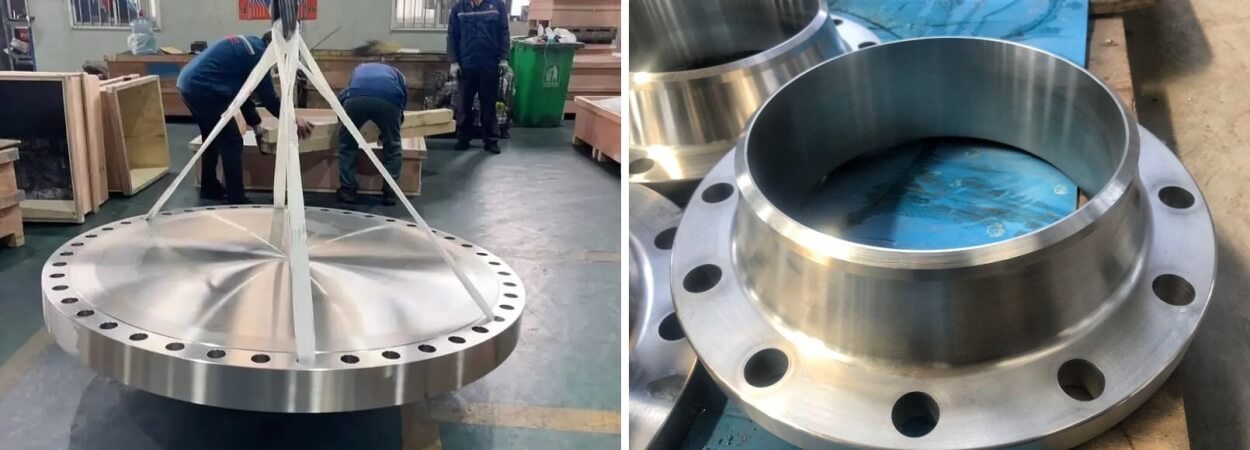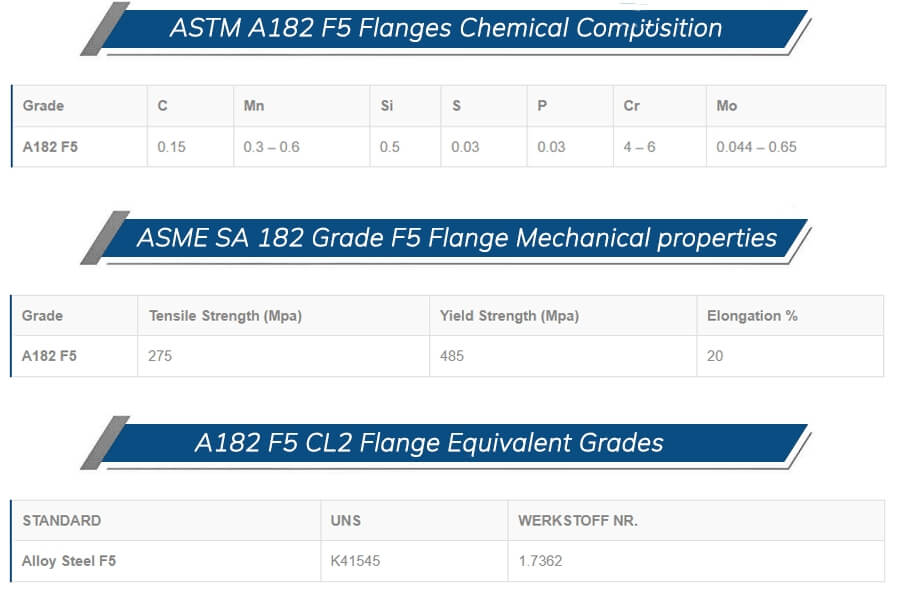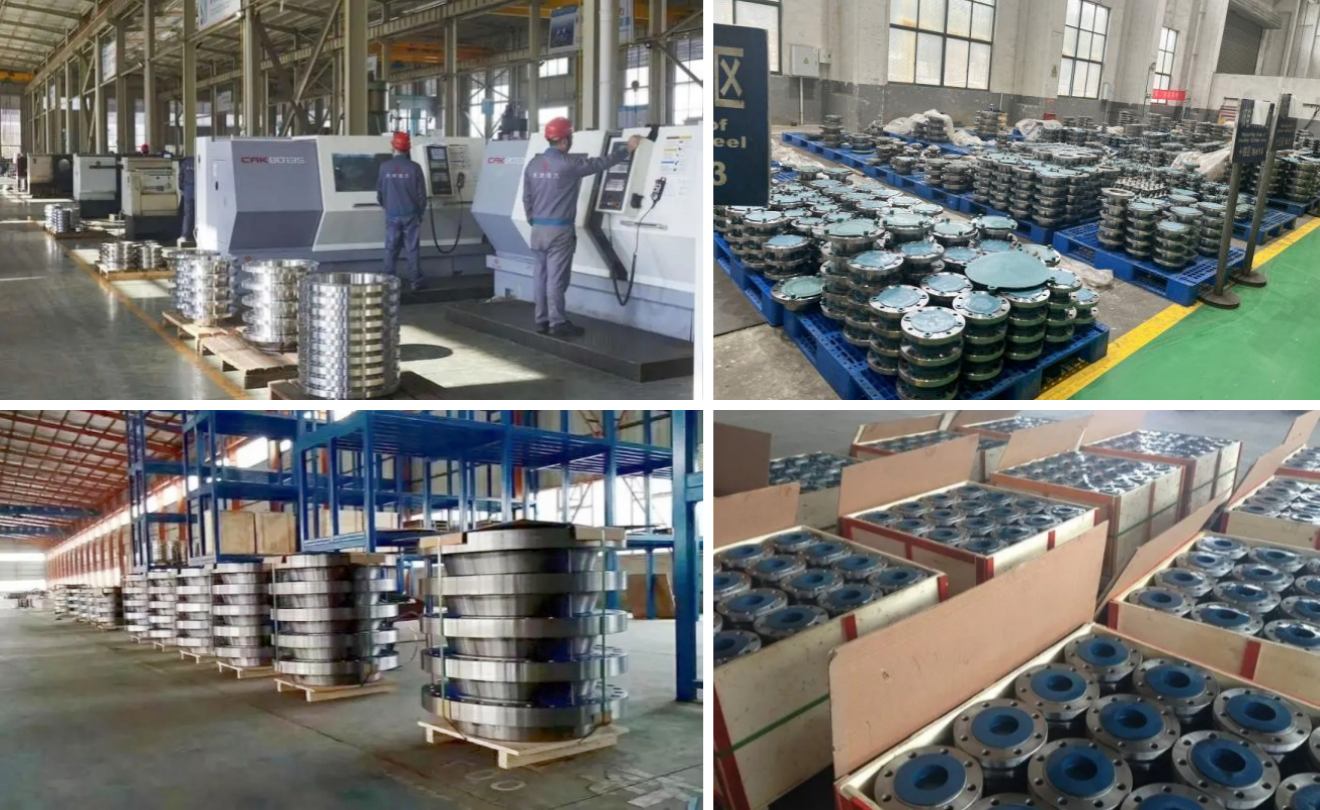What are Carbon Steel Flanges?
Under the imaginative direction of competent personnel, Carbon Steel Flanges are meticulously designed employing modern procedures in the manufacturing facility. To ensure flawlessness and defect-freeness, the offered range is rigorously tested on several quality factors. Due to their unique qualities, these items are highly regarded by customers and employed extensively throughout several industries. offered range is packaged with quality assurance.
Carbon Steel Flanges are used to terminate or join two ends of a pipe. The materials they are made from vary. The carbon steel flange is one example of such a type of flange made from carbon steel. Raw materials used in the production of these flanges are of the highest quality. They contain carbon in the range of 0.25 to 0.60 percent. Due to the high amount of carbon and manganese in the product, it has exceptional ductility and outstanding fabrication qualities.

The manufacturing process of carbon steel flanges
The production process of carbon steel flanges generally includes forging, casting, and machining. Forged flange is the process of heating a steel ingot at a high temperature of 1600 ℃, then cooling it to around 800 ℃, and using methods such as hammering or hydraulic pressure to deform the ingot into shape; Casting flanges is the process of pouring liquid steel into a mold, cooling and solidifying it to form a flange. Processing flanges is the process of cutting, forming, and processing plates or round materials. The production process time is relatively short and the price is relatively low, but its strength and pressure resistance are generally weak.


Applications of Carbon Steel Flanges
The term “killed Carbon Steel Forged Flanges” refers to a different kind of flange. During the melting process, they are eliminated. Deoxidation occurs as a result of the inclusion of manganese, silicon, and aluminum during the manufacturing of steel. To assist in bolting and joining two pipes together, carbon steel plate flanges are welded onto the pipe Ductile and tough, it is suitable for a variety of applications. These Carbon Steel Pipe Flanges are also highly reliable in frigid temperatures. A water pipeline and a fuel pipeline use them.
To make the steel and cast iron alloy stronger and harder Quenching is the procedure that Carbon Steel Slip On Flanges goes through. They are employed in a variety of petrochemical, engineering, and construction fields. The slip-on flange’s outer diameter is also welded. The end of carbon steel weld neck flanges extends the neck. For a seamless connection, this kind of flange is immediately buttwelded to the pipe. When the conditions are critical and extreme, Indian suppliers of carbon steel flanges advise using these products.

summary
Carbon steel flange is a common accessory for connecting pipes and valve equipment, which is widely used in petroleum, chemical, shipping, power and other industries. Carbon steel flanges can be classified into various types based on material and structure, which are suitable for different pipeline connection methods and requirements. When selecting carbon steel flanges, it is necessary to choose according to actual needs and requirements to ensure the safety and stability of connection and operation.




